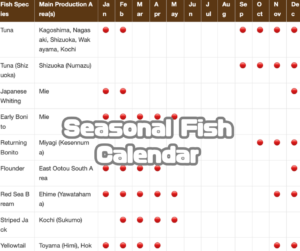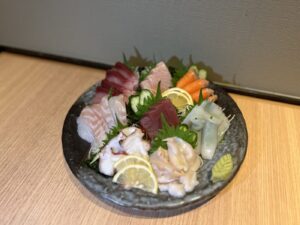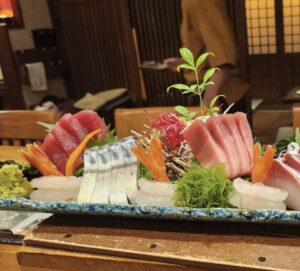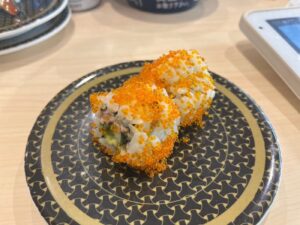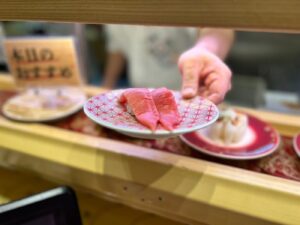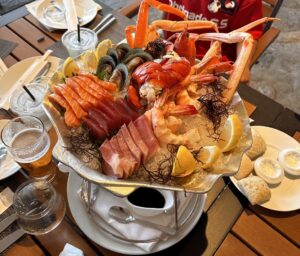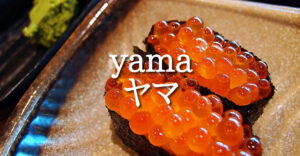table of contents
- 1. Sushi as Japanese culture
- 1. General definition of sushi and typical types
- 2. Three typical notations for sushi
- 2. History of sushi as a part of Japanese culture
- 1. Sushi originates from a fermented food called Narezushi from Southeast Asia.
- 2. Sushi came close to its current style during the Edo period.
- 3. Sashimi began to be used as toppings after the Meiji period.
- 4. During the Showa era, the barrier to entry was once high, but the situation was overcome with the advent of conveyor belt sushi.
- 3. Courtesy and manners when eating sushi as part of Japanese culture
- 1. Talk to the craftsman
- 2. Eat nigiri sushi with your hands, not with chopsticks.
- 3. Eat nigiri sushi in one bite.
- 4. Add soy sauce to the toppings, not the sushi.
- 4. Summary
Sushi is now synonymous with Japanese culture. With the worldwide boom in Japanese food, the number of Japanese restaurants, including sushi restaurants, has exceeded 150,000 worldwide. However, no matter how Japanese you are, there are probably not many people who properly understand the definition and history of sushi. In this article, we will provide a general explanation of sushi as a part of Japanese culture, including the general definition of sushi, types, roots, and etiquette when eating it. Please use this article as trivia to help you enjoy sushi even more deliciously and enjoyably.
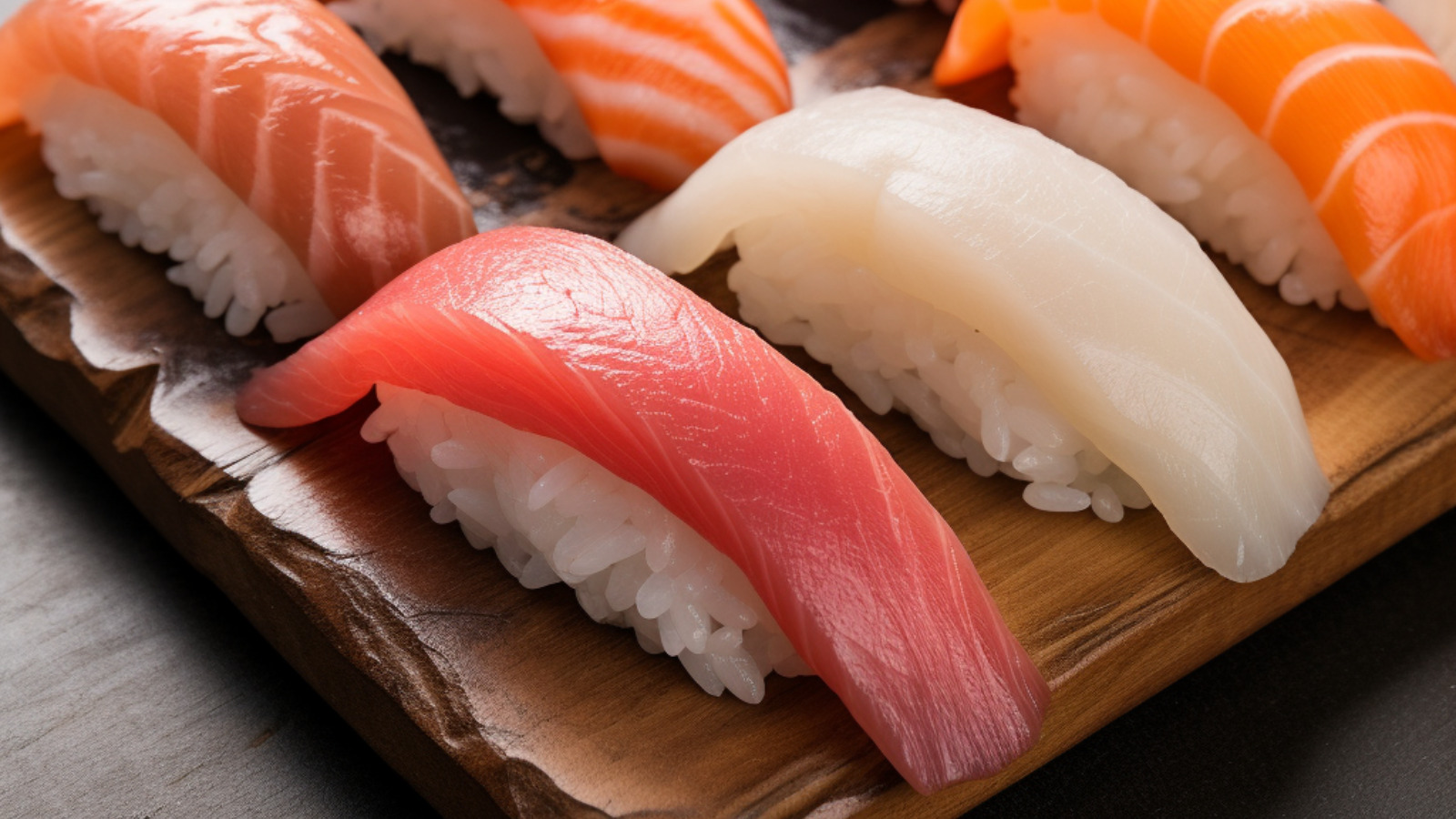
Sushi as Japanese culture
First of all, in order to understand the overall picture of sushi as a part of Japanese culture, let’s grasp the basic knowledge.
General definition of sushi and typical types
First, let me explain the definition of sushi. Generally speaking, Japanese food that combines shari (sushi rice) and toppings (mainly seafood) is called sushi. In addition to fresh seafood, it is not uncommon for ingredients such as meat, vegetables, and eggs to be used as toppings. Also, even though sushi is simply called sushi, there are a wide variety of types. A good example is California rolls overseas, but the ingredients and descriptions used vary depending on the region and store. The following are the major types of sushi.
Hand-rolled sushi
Sushi rolls
pressed sushi
chirashi sushi
bar sushi
Inarizushi
hand-rolled sushi
warship
Three typical notations for sushi
In addition to the word sushi used in this article, “sushi” may also be written as “sushi” or “sushi.” Let’s check the differences and characteristics of each.
sushi
This is currently the most common notation. It originates from the characters created during the Edo period to bring good luck, and it is widely used because it can be used regardless of the topic or type.
sushi
Among the three types, “Sushi” is the oldest written word. Originally, it meant sushi made by fermentation, and it inherited the etymology of sushi, which means “sour” (= sour).
sushi
It is the runner-up to “Sushi” and is an old expression. It is often used in Edomae-style sushi, and also has the meaning of referring to itself.
History of sushi as Japanese culture

In Japan, sushi boasts over a thousand years of history and culture. Next, we will talk about the roots of sushi, which are surprisingly little known.
Sushi originates from a fermented food called Narezushi from Southeast Asia.
Actually, the birthplace of sushi is not Japan, but Southeast Asia. Sushi is said to have originated from a fermented food called “Narezushi,” which was devised by a tribe living in mountainous areas at the time as a way to preserve fish that was difficult to obtain for a long time. Masu. In Japan, ripe sushi was presented to the imperial court as a tribute during the Nara period. Today’s pressed sushi and boxed sushi have remnants of those days, but in the Kamakura period, juku sushi made from leftover fish began to appear.
It was during the Edo period that sushi approached its current style.
In the mid-Edo period, when rice vinegar became popular, “Hayazushi”, which did not require fermentation, was born. The era has arrived where you can eat sushi right away without waiting. Furthermore, in the late Edo period, nigiri sushi was invented, but because it was the same size as a rice ball, it was eaten by cutting it into pieces. The modern style of serving two pieces on one plate is a vestige of those days.
Sashimi began to be used as toppings after the Meiji period.
After the 1900s, when the ice-making industry became popular, combined with the development of fishing methods and distribution, sushi restaurants, which previously could not handle raw sashimi, were now able to preserve the sashimi by cooling it with ice. The modern-day common method of serving sushi by coating the fish with simmered soy sauce is a style that was established during this period. Time progresses to the beginning of the Taisho era. Electric refrigerators began to appear in sushi restaurants, and the variety of toppings continued to increase, and the sizes also became smaller. Later, as sushi chefs were scattered across the country due to the Great Kanto Earthquake, Edomae sushi is said to have spread to rural areas.
During the Showa era, the barrier to entry was once high, but the situation was overcome with the advent of conveyor belt sushi.
Sushi had been steadily developing, but the situation changed completely in the Showa era.
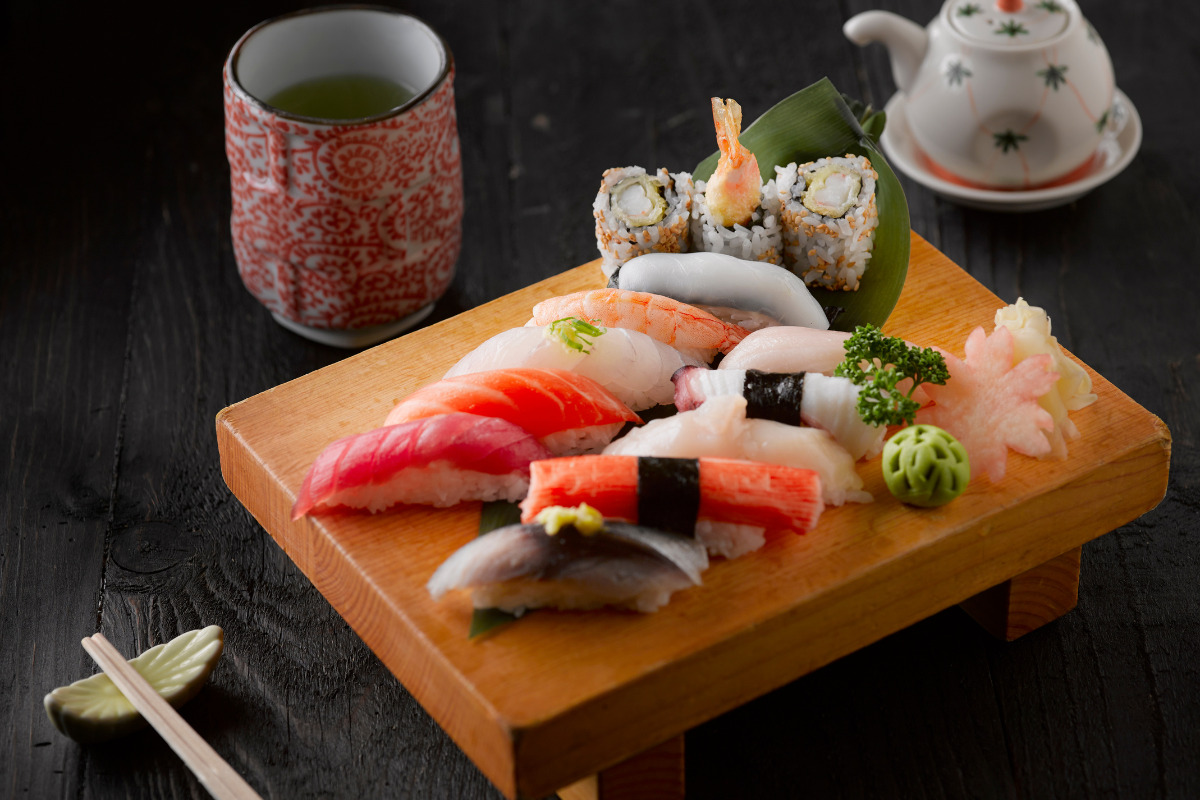
During the period of high economic growth, street sushi restaurants, which had been popular until then, closed down for hygiene reasons. However, in 1952, the first conveyor belt sushi restaurant in history opened in Osaka, and sushi regained its status as a popular food. Modern sushi, which can be eaten at an affordable price, has existed as a result of this historical trend.
Etiquette and etiquette when eating sushi as part of Japanese culture
You cannot talk about sushi as a part of Japanese culture without respecting etiquette and etiquette when eating it. It may seem a little formal, but it’s like the secret to enjoying a sushi restaurant, so let’s go over each point one by one.
Try talking to the craftsman
When you visit a sushi restaurant where you are close to the sushi chefs, be sure to talk to them. It may seem like a high hurdle, but by asking for recommendations for the day and letting them know your favorite foods and allergies, you can enjoy a more fulfilling meal. Sushi chefs have an image of being quiet, but surprisingly many of them like to talk, so why not muster up the courage and give them a try?
Eat nigiri sushi with your hands, not with chopsticks.
There are some cultures where eating with one’s hands is not welcomed, and these days it is common to see people eating sushi with chopsticks even in Japan. Of course, how you eat it is up to your personal preference, but if you don’t mind, feel free to pick it up and taste it. In fact, the sushi chefs put a lot of skill into making the sushi, and the amount of air in the sushi is delicately adjusted so that it melts the moment you put it in your mouth. Therefore, if you accidentally grab the chopsticks with too much force, the shape will collapse and you will miss the opportunity to enjoy the special taste.

Eat nigiri sushi in one bite
In Europe and the United States, there is a concept of one spoon, and in the same way, sushi is often seasoned with the intention of being eaten in one bite. Some sushi chefs change the size of their nigiri depending on their customers, such as making them smaller for women.
Add soy sauce to the toppings, not the sushi.
At sushi restaurants where the sushi chef makes the sushi right in front of you, there are cases where the sushi toppings are already coated with sauce. This is to prevent the sushi from becoming overly flavored and losing its shape, which can occur when adding soy sauce to the sushi. For this reason, it is said that it is good etiquette at sushi restaurants to add soy sauce only to the toppings.
summary

Sushi has a deep history and a variety of etiquette. Whether you’re eating sushi at a conveyor belt sushi restaurant or at a high-end restaurant, if you remember and practice some of the etiquette and etiquette when eating sushi, you might be able to enjoy the charm of sushi even more.


